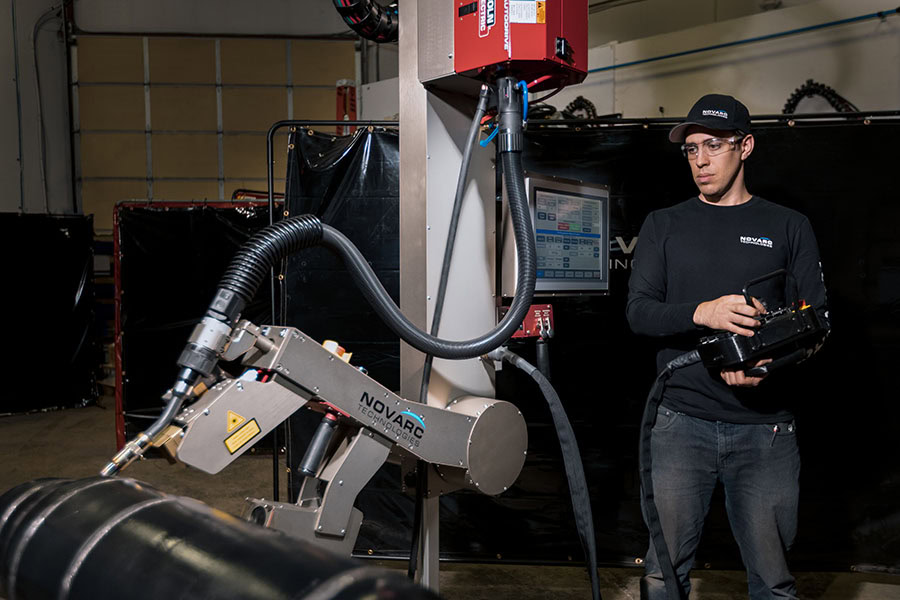By: Soroush Karimzadeh (CEO, Novarc Technologies)
Published by: Australian Welding: PAGE 36-37 – June 2022
There is currently an acute shortage of skilled welders required to meet the demand for pipe welding needed to construct the world’s essential infrastructure: the construction of data centres, ships, hospitals, LNG plants and more. This workforce shortage combined with supply-chain management difficulties caused by the COVID-19 pandemic, has resulted in a significant challenge for the industry. Escalating costs and delays in scheduling have also created massive bottlenecks in the construction of industrial plants necessary to meet the needs of developed and developing economies world-wide.
To complicate this extremely challenging situation, pipe shops serving global industries such as oil and gas, energy utilities, water and wastewater, shipbuilding, chemical and nuclear plant construction and maintenance require highly skilled welders.
It is predicted there will be a shortage of nearly 30,000 welding operators in Australia by 2025. With an ageing welder workforce and a lack of uptake of the welder trade, there are no simple solutions to this welder demographic.
Why Welding + Technology Makes Sense
Novarc launched the world’s first welding cobot to minimise and help eliminate this bottleneck in construction by enabling welders to be significantly more productive and efficient. Novarc’s collaborative Spool Welding Robot (SWR) was launched in 2016.
With Novarc’s SWR, pipe fabrication shops can realise significant gains in productivity, weld quality, payback and support, typically seeing a 3-5x productivity increase in carbon steel welding, and a 12x increase in productivity in stainless steel welding. On the shop floor, introducing welding automation technology helps junior welders take on challenging welds which previously could only be performed by senior welders, while senior welders can then broaden and extend their careers.
